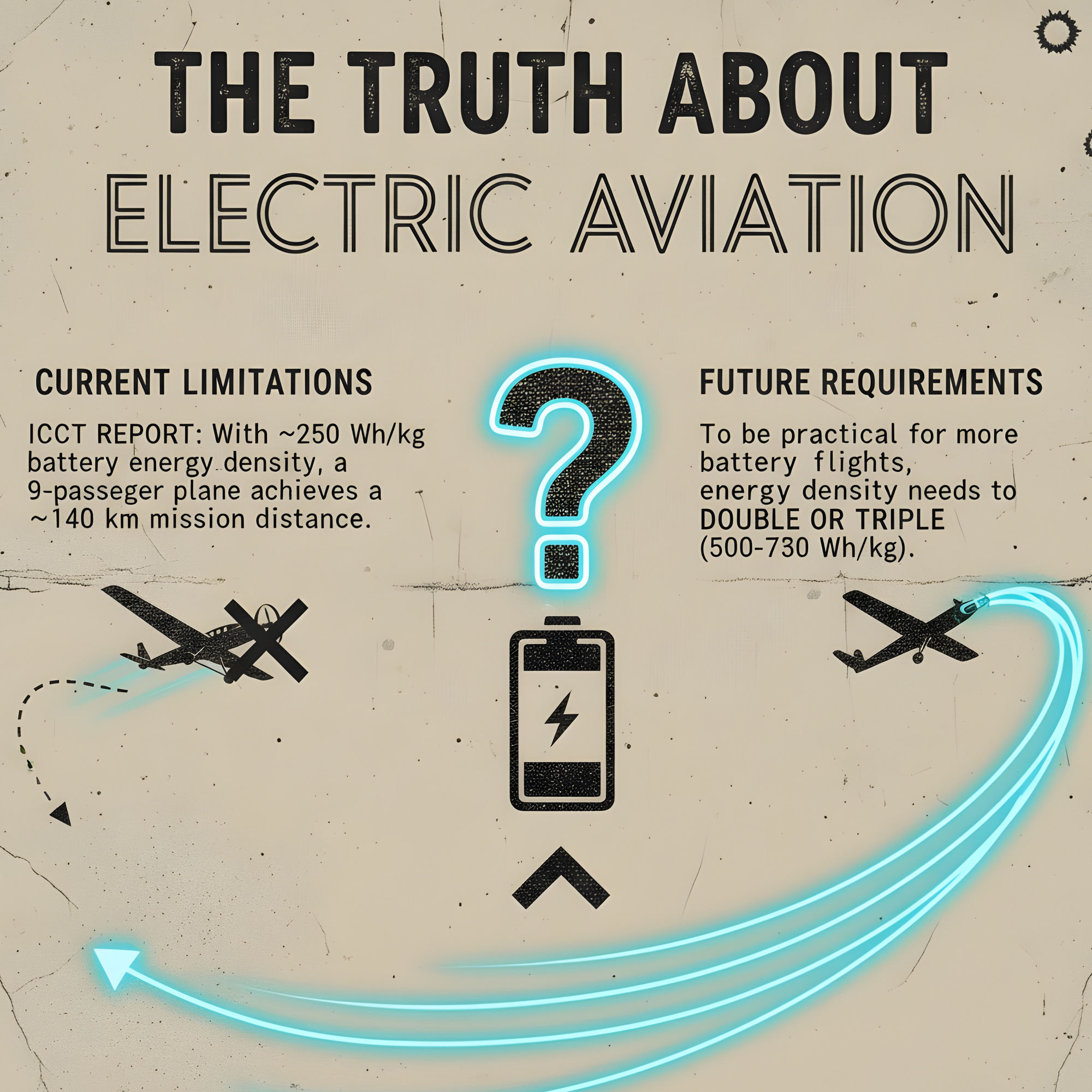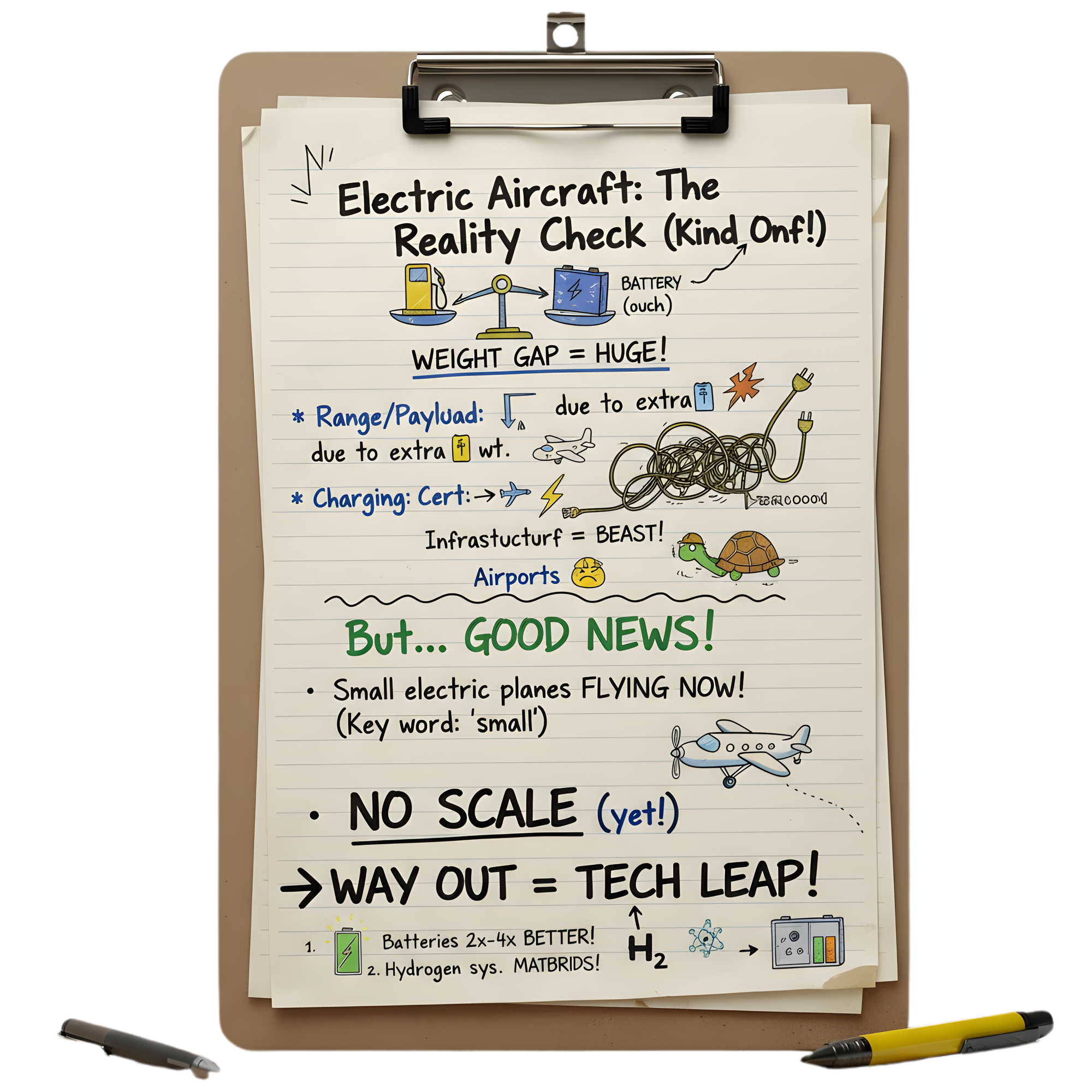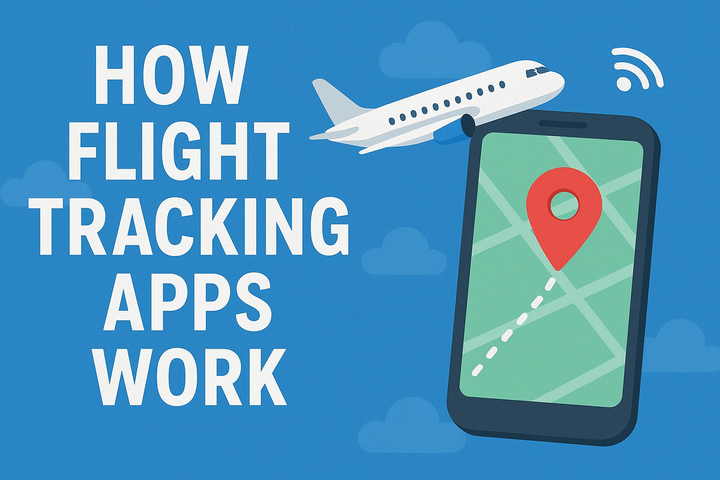Why Airplanes Can’t Run on Batteries Yet - The Truth About Electric Aviation
We investigate if electric planes are truly ready for takeoff - or if the dream of zero-emission flight is still grounded by physics.

Welcome back to another episode of Keeping Up With Airlines, where we dig through the clouds and uncover what’s really going on in the skies.
Things have been exciting lately, haven’t they? Headlines everywhere shouting about electric airplanes, zero-emission aviation, and a new era of flight. It sounds almost too good to be true - planes that fly clean, quiet, and charge like your phone.
But just as the world was about to celebrate, We received an anonymous tip slid across our desk. A single line, no sender, no signature - just this:
“They say they’ve built an all-electric airliner. Doesn’t pass the test.”
That’s it. No details, no evidence - just a whisper that something in this shiny new world of electric aviation doesn’t quite add up.
So today, you and I are going on an investigation.
We’re going to follow the trail, collect the clues, and uncover whether electric airplanes are truly ready for takeoff… or if some companies are stretching the truth to the edge of fiction.
Grab your magnifying glass, partner. Let’s crack open the case file.
Clue #1: The Weight Thief - Why Batteries Are Too Heavy
The first stop: the lab. Equations, scales, jars of battery cells and fuel.
We observe a jar of kerosene, a few high-capacity battery cells beside it. “Here’s our first clue,” I said. “Jet fuel gives you roughly 12,000 watt-hours per kilogram (Wh/kg) of useful energy. The best battery packs used in experimental aircraft? More like 200 to 300 Wh/kg in real life.”
You frowned. “So fuel is, what, five times better?”
“Try forty times better. That kind of gap is everything in aviation. If you try to carry enough batteries to match the fuel’s energy, the batteries themselves become so heavy the plane can’t fly far - or carry people.”
That’s the weight trap. You don’t just need energy - you need energy you can carry. Batteries are still too heavy to deliver both range and payload.
A key report by the International Council on Clean Transportation (ICCT) does a deep dive: with current battery tech (~250 Wh/kg), even a 9-passenger plane can only manage ~140 km mission distance (with reserves) before it’s dead weight. That’s not much.
Another source says that to make electric aviation practical for more flights, battery energy density would need to double or triple.
When we saw that gap, it was like spotting the first broken lock pick - evidence that full-scale electric airliners are being sold before the tools are ready.

Clue #2: Range & Payload - The Tradeoff That Strangles the Dream
We drove to a small airstrip to meet someone who actually flies electric prototypes. He took us past a sleek two-seater, the Pipistrel Velis Electro.
“Fifty minutes tops,” he said. “Maybe a bit more in perfect conditions.”
You checked your watch. “That’s shorter than many commuter flights.”
Exactly. Electric flight does work - just for very limited missions.
Then there’s Eviation’s Alice, a headline-grabber. It’s supposed to carry nine people for a few hundred miles. But you and I both know there’s a kicker: those claims assume light payloads, perfect weather, top-tier battery packs, zero margin. Some recent reporting suggests the company has hit funding and development snags.
One analyst said: “They paused major operations, laid off staff - it’s a warning sign about whether they can deliver the dream.”
Then there’s the Tecnam P-Volt project. It was meant to be a nine-passenger electric commuter plane. But in June 2023, the company suspended development, citing battery limitations.
That’s the second clue: the promises sell well, but the numbers - range, weight, degradation - often don’t support the claim of full-size electric airliners.

Clue #3: Charging & Infrastructure - Where the Ground Betrays the Dream
Even if you solve weight and range, there’s a nasty surprise waiting on the ground: charging.
You looked at me, sarcastic. “Just plug it in, right?”
I shook my head. “Not that simple. To recharge large battery packs fast, airports would need megawatt chargers, upgraded grid connections, cooling systems, safety protocols. Right now, airports are set up for fuel trucks, not giant plugs.”
Some research places the demand: to recharge something like Eviation Alice’s battery in a turnaround window (20-30 minutes), you’d need power stations of 1-2 MW -way beyond what most airports can currently provide.
Moreover, the battery packs themselves generate heat. They need thermal management systems, which add weight and complexity. One study on eight-seat aircraft showed that adding a water-cooled battery thermal system increased weight significantly and cut range.
We visited a small regional airport. No special charging stations. No grid ready for the load. That gap is like promising flying cars but no roads.
Clue #4: Safety & Certification - The Regulatory Minefield
Even if someone builds a battery big enough and a charger fast enough, you still must pass regulators. Aviation is unforgiving.
Battery fires, thermal runaway, punctures - these are serious dangers. You can’t just treat a battery like a fuel tank. You need redundancy, fail-safe systems, cooling, pressure containment, impact protection, and hours upon hours of testing.
Some electric aircraft (like Pipistrel) have been certified, but only small ones under simpler rules. Scaling that up to full-passenger size means a mountain of certification work.
You said, “So even if the tech’s there, the lawyers and regulators slow you down?”
Exactly. It’s not just a technical puzzle - it’s a legal, safety, and engineering gauntlet.

Clue #5: The Hope Lamp - Where Electric Flight Does Work
We walked past a sea-hanger. There, a converted seaplane sat, test motors humming. Harbour Air in Canada, working with magniX, is converting traditional aircraft for short-hop electric routes over lakes and islands.
It’s not a transcontinental liner - but for routes of 20-60 miles? Real. Feasible. Getting people moving quietly and cleanly.
Also, small electric trainers like the Velis Electro (certified in Europe) show that electric aviation is not purely fantasy.
These are like experimental clues - hints of where the technology fits today, not where it should fit tomorrow.
Clue #6: What Tech Must Do to Break the Case
To make large electric flights possible, something dramatic must happen. The clues point to several possible breakthroughs:
- Battery energy density must jump: Some studies say you’d need 500 Wh/kg or more at pack level (perhaps even 1,000 Wh/kg) to approach meaningful range in full-size aircraft.
- Better chemistries like solid-state, lithium-air, or novel materials could help, but they’re still experimental and face obstacles of safety, cycle life, cost, and scaling.
- Hydrogen, as liquid or in fuel cells, is a contender. Hydrogen has roughly three times the gravimetric energy of kerosene.
But it’s not a drop-in: hydrogen is bulky (low energy per volume), cryogenics, new tanks, new design, and new infrastructure are required. - Hybrid systems (battery + fuel) or hybrid electric architectures may bridge part of the gap. Some aircraft retrofits using fuel cells are being studied.
We called these the “hope lamps” - where the path forward might glow, even if the way is still rugged and uncertain.
Clue #7: The Hydrogen Twist - A Different Kind of Electric Dream
Just when we thought we’d cracked the case, another name popped up in the file - hydrogen.
You looked at me, eyebrows raised. “Wait… hydrogen? Isn’t that the stuff that blew up the Hindenburg?”
I grinned. “Yes, but don’t worry - science has moved on a bit since 1937.”
Here’s the twist: hydrogen is electric - just not the plug-in kind. Instead of storing electricity like a battery, hydrogen can create it inside a fuel cell. The result? Electricity to power motors, with only water vapor as exhaust.
Sounds like magic, right? But there’s a catch - several, actually.
Hydrogen is light by weight (great for flight) but bulky by volume (terrible for airplane design). To carry enough, you either compress it to 700 times atmospheric pressure or chill it to -253°C as a liquid - both complicated, expensive, and energy-hungry.

Even then, storing hydrogen safely on planes means designing entirely new fuselages and tanks. You can’t just swap it into today’s jets.
The International Air Transport Association (IATA) says hydrogen has roughly three times the energy per kilogram of jet fuel - but it takes up three to four times more space.
In other words:
- Hydrogen makes planes lighter,
- but it makes them fatter.
And fatter planes don’t fly fast or efficiently without major redesigns.
Still, a few companies are chasing this new dream.
- ZeroAvia is testing hydrogen fuel-cell planes carrying up to 19 passengers, aiming for short-range flights by 2027.
- Airbus has announced its ZEROe program - a hydrogen-powered airliner concept that could enter service by 2035.
So maybe, just maybe, the answer to our electric aviation mystery isn’t in the battery lab - it’s in the hydrogen hangar.
You leaned back in your chair. “So batteries are too heavy, but hydrogen’s too big.”
Case File: The Verdict
You and I sat in the hangar, the sky overhead faintly lit. I slid the final pages across to you:
- The weight gap - fuel vs battery - is huge.
- Range and payload get eaten alive by extra battery weight.
- Charging infrastructure is a beast airports aren’t ready for.
- Safety and certification add layers of delay.
- But small electric aircraft are flying now. They just don’t scale (yet).
- The only way out is a tech leap: batteries ~4× better, hydrogen systems matured, or clever hybrids.

When a company claims “we have an all-electric airliner,” you have to ask: which class, what range, what payload? If they mean “just like a 737,” that’s not backed by today’s physics or infrastructure.
So it’s not a hoax in the sense of lies (sometimes). It’s too much optimism: pushing against known limits, hoping the next breakthroughs arrive in time. Until they do, that claim is more fantasy than fact.
If you’re ready for more adventures and aviation mysteries, make sure to subscribe and buckle up for the journey ahead!




Comments ()